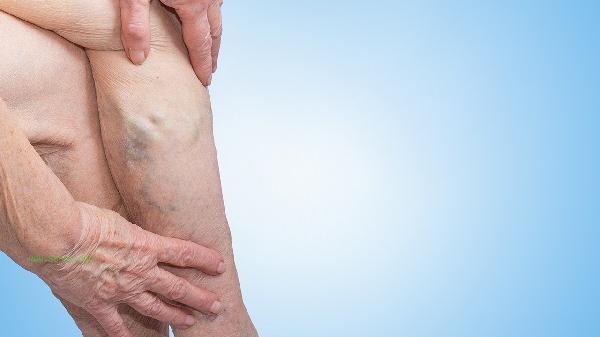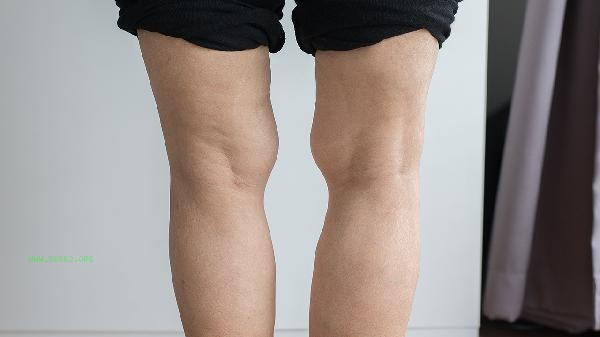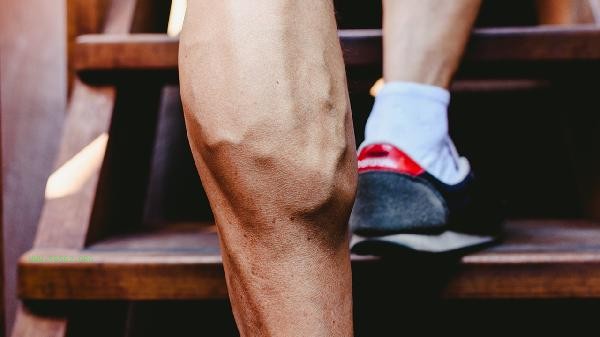Muscle contracture can be diagnosed through physical examination, electromyography, imaging, laboratory tests, and nerve conduction tests. Muscle contraction may be caused by sports injuries, neurological disorders, metabolic abnormalities, drug side effects, or genetic factors, and should be comprehensively judged based on clinical manifestations and examination results.

1. Physical examination
Doctors make preliminary judgments by observing muscle morphology, touching muscle hardness, and testing joint mobility. Passive stretching test can evaluate muscle extensibility, and tendon reflex examination can help identify neurogenic contractures. Physical examination can quickly screen for obvious muscle contractures, but has lower sensitivity to mild contractures.
2. Electromyography examination
determines the presence of neuromuscular disorders by recording muscle electrical activity. Needle electromyography can distinguish between neurogenic and myogenic contractures, while surface electromyography is suitable for dynamic monitoring. Examination can detect abnormal spontaneous potentials or changes in motor unit potentials, which are of great value for diagnosing diseases such as muscular dystrophy.
3. Imaging examination
Ultrasound examination can observe muscle morphology, structure, and blood flow in real time, while magnetic resonance imaging can clearly display the degree of muscle fibrosis. CT examination is suitable for evaluating complications such as myositis ossificans, and X-ray can exclude joint bone lesions. Imaging examination has advantages in determining the extent and severity of contractures.

4. Laboratory examination
Blood testing includes indicators such as creatine kinase, electrolytes, thyroid function, etc., which can be used to screen for metabolic myopathy. Genetic testing is suitable for the diagnosis of hereditary muscle diseases, and muscle biopsy can clarify the pathological type. Laboratory tests are particularly important for identifying muscle contractures caused by systemic diseases.
5. Neural conduction examination
measures the conduction velocity by stimulating nerves to determine the functional status of peripheral nerves. Motor nerve conduction examination can evaluate the function of neuromuscular junctions, while sensory nerve conduction examination can help identify nerve root lesions. This examination has specificity for diagnosing muscle contractures caused by peripheral nerve injury.

After discovering muscle contraction, it is necessary to avoid intense exercise that can worsen the injury. Warm water baths and gentle massage can be used to relieve symptoms. It is recommended to maintain a balanced diet and supplement minerals such as calcium and magnesium appropriately. rehabilitation training should be carried out gradually under professional guidance, and in severe cases, orthotics should be worn. Regularly review muscle strength and joint mobility, and adjust treatment plans in a timely manner. Patients with long-term contracture should pay attention to preventing complications such as pressure ulcers and deep vein thrombosis.








Comments (0)
Leave a Comment
No comments yet
Be the first to share your thoughts!